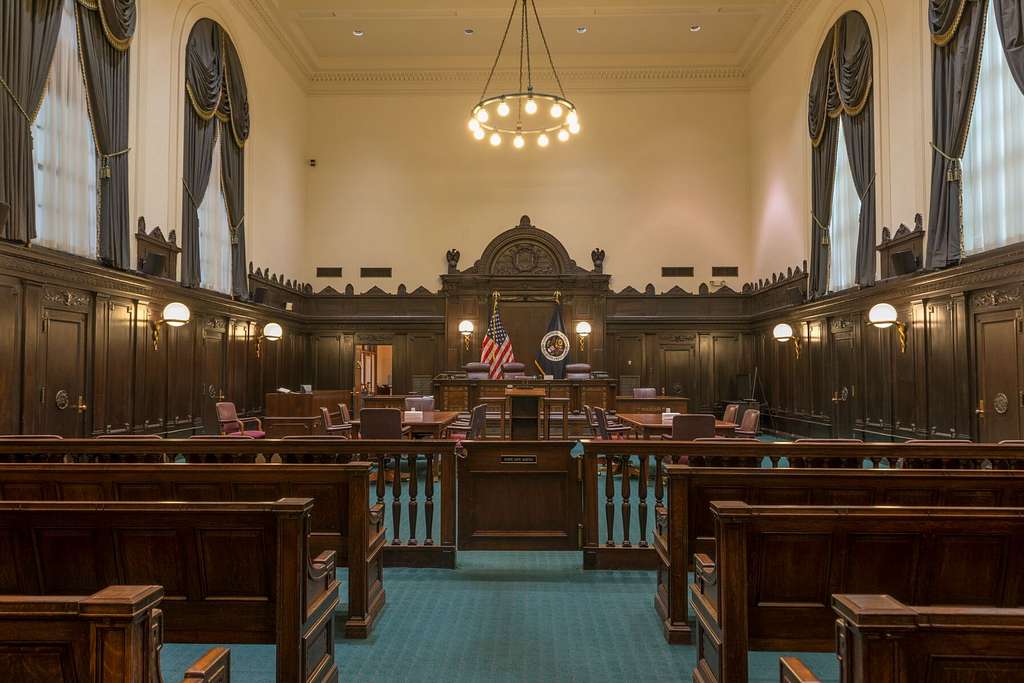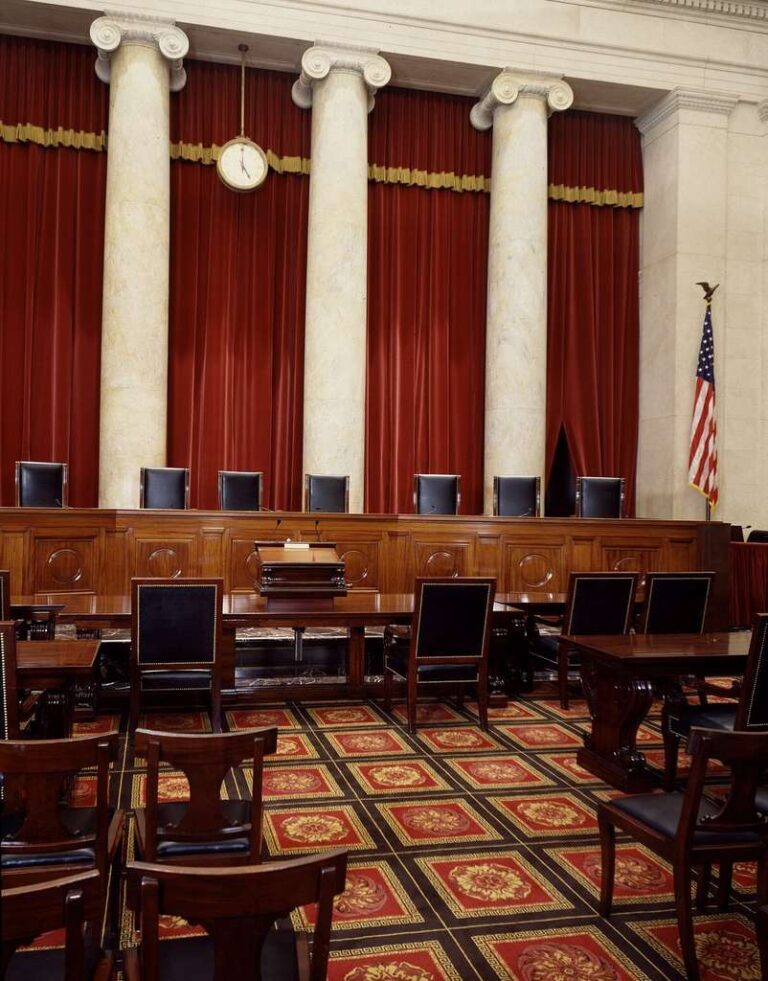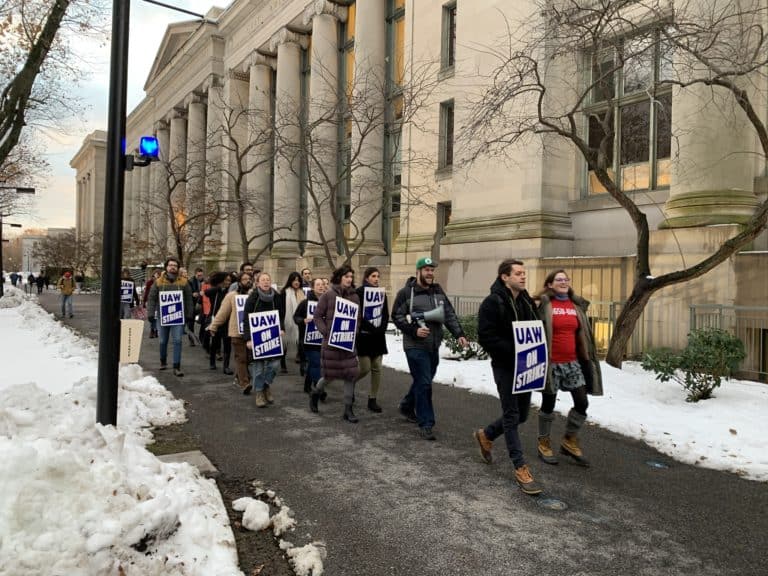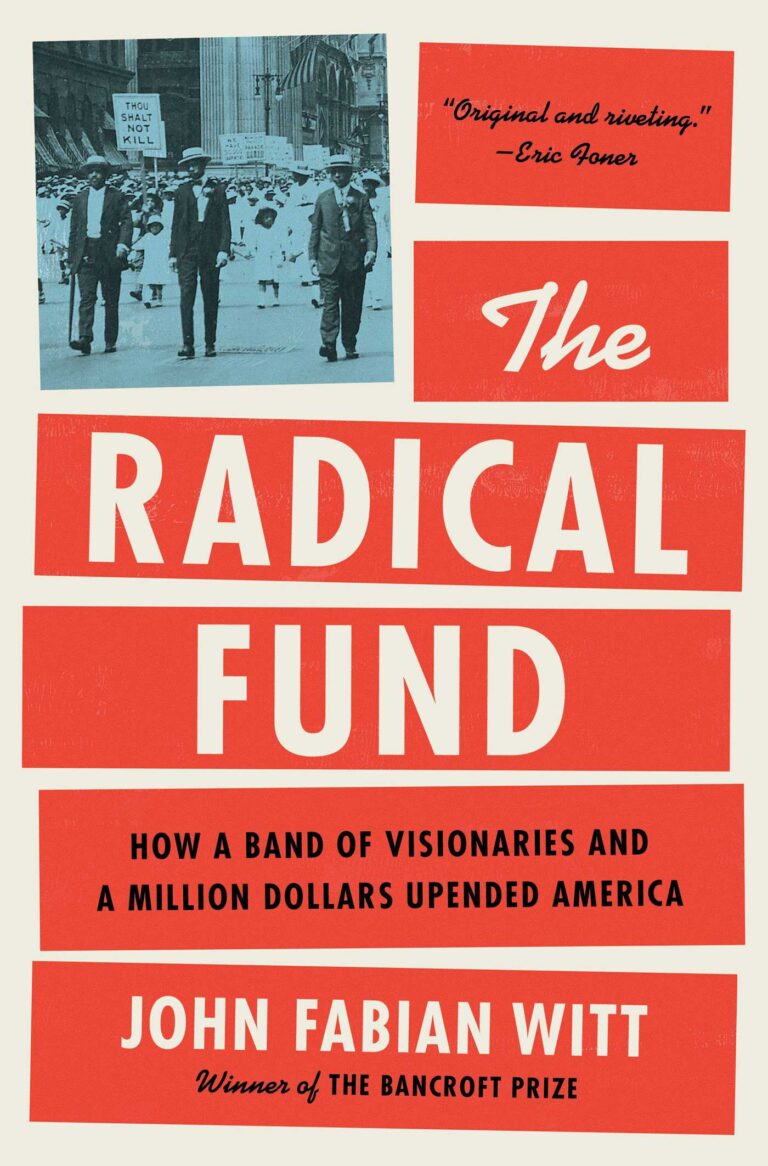
Cristóbal Gutiérrez is the Lead Attorney at the Workplace Justice Project at Make the Road New York.
Conflict lies at the heart of the employment relationship. Indeed, Employment and Labor Law emerged in the early twentieth century as a political response to social unrest, seeking to channel these tensions into legal frameworks for adjudication. Whether expressed through wage and hour disputes, discrimination claims, unfair labor practices, or struggles over union recognition, such conflicts demand swift resolution and strong institutions. In this sense, consider, for example, the average duration of an employment dispute: approximately 16 months in Paris, 256 days in Santiago de Chile, and nearly 35 months in the Southern and Eastern Districts of New York.
As a former employment lawyer in Chile now practicing in the United States, I found the exchange between Samuel Estreicher, Roger King, and David Sherwyn on one side, and Andrew Strom, on the other, very curious. Estreicher, King, and Sherwyn proposed that the National Labor Relations Board (NLRB) could be replaced by a super-appeals agency, while Strom advanced a more radical idea: creating Article III judges to adjudicate labor disputes. Estreicher et al dismissed this as a “non-starter.”
Estreicher et al‘s initial caution deserves credit. They are attempting to preserve a forum for labor disputes against the Roberts Court’s steady assault on the New Deal-era separation of powers. But their most persuasive claim — that there is little political appetite for creating a labor court — should not stop us from imagining, and preparing for, a brighter day when political conditions change.
Their other objections are far less convincing: (i) that creating such a court could open the door to specialized courts for every subject, (ii) that specialized Article III labor judges and the Court of Federal Claims are not analogous, (iii) that it would increase pressure on the Supreme Court’s emergency docket, and (iv) that defining the interaction between such courts, the NLRB, and the Circuit Courts would be confusing. I believe, none withstands serious scrutiny.
The claim that labor courts would open the door to specialized courts for “every subject” falters. Not every subject warrants a specialized jurisdiction; in my opinion, labor and employment disputes do. Other countries adopt labor courts for good reason: neither unions nor employers should wait years to resolve the urgent questions at stake in labor and employment cases — whether a union deserves recognition, whether parties are bargaining in good faith, whether unlawfully terminated workers should be reinstated, or whether a strike or boycott is legal. These are precisely the disputes labor law was designed to resolve swiftly.
I understand Strom’s point that labor disputes merit a specialized jurisdiction and, I would add, workers outside unions also cannot wait years to recover unpaid wages or damages under employment laws. There is a reason why we refer to wages as the workers’ livelihood: wages are what allow people to live, to eat and put a roof over their heads, in a capitalist economy — whether the issue is nonpayment of minimum wage or discrimination. A specialized labor court should therefore have jurisdiction not only over the National Labor Relations Act (NLRA) but also statutes such as the Fair Labor Standards Act, Title VII, the Americans with Disabilities Act, the Age Discrimination in Employment Act, the Age Discrimination in Employment Act, and the myriad of Employment Laws. The goal is not only to preserve consistency in interpretation of the National Labor Relations Act (NLRA) but to protect workers themselves.
As a lawyer representing low-wage, mostly immigrant workers, I have seen how generalist district courts fail them. A worker owed wages cannot endure years of litigation while some employers exploit every delay tactic (I have one case approaching a decade in court). Judges often revisit questions already settled at higher levels, such as whether immigration status is relevant in unpaid wage cases — despite higher courts considering its irrelevancy, chilling and perverse effect on workers coming forward as overweighing the probative value. Indeed, the statistics shown in the first paragraph are a glimpse of a larger trend: there is little doubt as to a specialized labor and employment court resolves conflicts in a swifter and cheaper way than ordinary courts (comparing nine countries, including the U.S.)
The fact that the U.S. has no labor courts does not mean it cannot. Germany, Belgium, Norway, Indonesia, Poland, Hungary, Sweden, Luxembourg, Turkey, Finland, France, Argentina, Chile, Switzerland, Brazil, Spain, New Zealand, South Africa, and others, all operate specialized labor or employment courts. Specialized courts are a global norm (p.11), and U.S. scholars have called for them since the New Deal.
Strom compares Article III labor courts to the Court of Federal Claims, and in their second critique, Estreicher et al rightly note that this is not a perfect analogy: the Claims court is populated by Article I judges. But the larger point remains: the U.S. is no stranger to specialized courts. The Court of International Trade, for example, has Article III judges, and its appeals go to the Court of Appeals for the Federal Circuit, itself a partially specialized appellate body. Even general appellate courts often assign specialized panels. At the state level, as of 2011, all but four states had specialized courts, and that’s a number that continues to grow. Far from undermining the judiciary, specialization has strengthened it by making justice more accessible and efficient, while still subject to oversight by the highest courts.
The argument that labor courts would flood the Supreme Court’s shadow docket is overstated. Greater consistency in labor and employment law would reduce, not increase, the number of volatile disputes requiring emergency review. Specialized courts would streamline decisions, cut down conflicting rulings, and make high-stakes interventions less frequent.
Finally, the claim that defining interactions between labor courts, the NLRB, and the Circuit Courts would be confusing is unpersuasive. A workable model already exists. The NLRB could continue interpreting and enforcing the NLRA, as could the Department of Labor or the Equal Employment Opportunity Commission with their respective statutes. Agencies would prosecute violations and issue administrative decisions, while workers and employers could pursue judicial review in specialized labor courts. Appeals could go to a labor and employment circuit, much like the structure for the Court of International Trade and the Federal Circuit. In fact the Court of International Trade exercises judicial review in the decisions arising in specific matters from the following agencies: Departments of Customs, Agriculture, Commerce, and (surprise!) Labor agencies in trade disputes — a system that functions today under specialized judicial review.
If labor and employment law historically arose both to quell social unrest and to preserve capitalism we should consider seriously how we are adjudicating these conflicts. Creating courts staffed by judges with deep expertise in labor and employment law would advance the solution of employment and labor conflicts, especially now, when the Supreme Court is expanding presidential power at the expense of independent agencies. Specialized labor courts are not a utopian fantasy — they are a practical, proven, and overdue reform.










Daily News & Commentary
Start your day with our roundup of the latest labor developments. See all
November 7
A challenge to a federal PLA requirement; a delayed hearing on collective bargaining; and the IRS announces relief from "no tax on tips" reporting requirements.
November 6
Starbucks workers authorize a strike; Sixth Circuit rejects Thryv remedies; OPEIU tries to intervene to defend the NLRB.
November 5
Denver Labor helps workers recover over $2.3 million in unpaid wages; the Eighth Circuit denies a request for an en ban hearing on Minnesota’s ban on captive audience meetings; and many top labor unions break from AFGE’s support for a Republican-backed government funding bill.
November 4
Second Circuit declines to revive musician’s defamation claims against former student; Trump administration adds new eligibility requirements for employers under the Public Service Loan Forgiveness program; major labor unions break with the AFGE's stance on the government shutdown.
November 3
Fifth Circuit rejects Thryv remedies, Third Circuit considers applying Ames to NJ statute, and some circuits relax McDonnell Douglas framework.
November 2
In today’s news and commentary, states tackle “stay-or-pay” contracts, a new preliminary injunction bars additional shutdown layoffs, and two federal judges order the Trump administration to fund SNAP. Earlier this year, NLRB acting general counsel William Cowen rescinded a 2024 NLRB memo targeting “stay-or-pay” contracts. Former General Counsel Jennifer Abruzzo had declared that these kinds […]